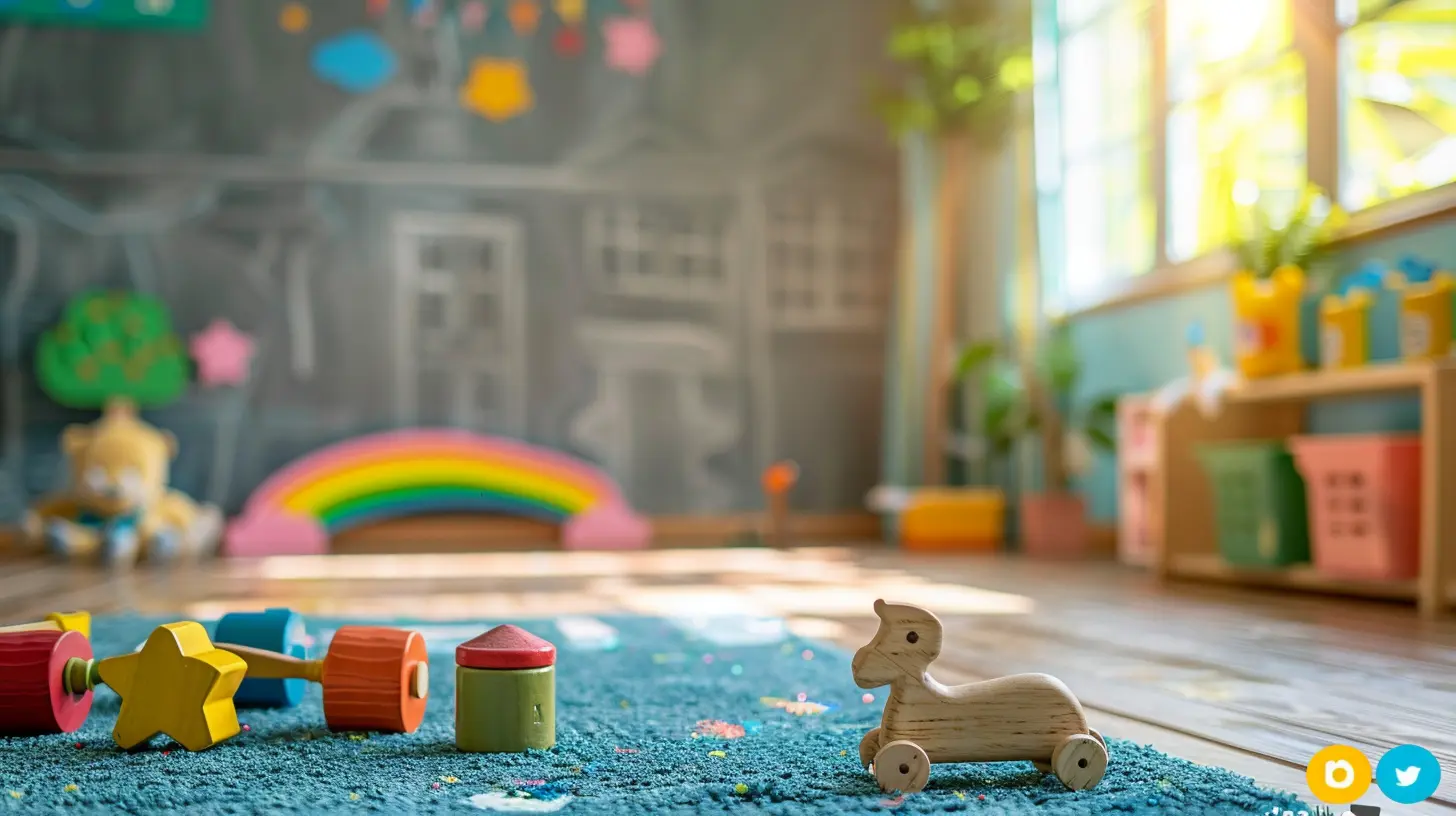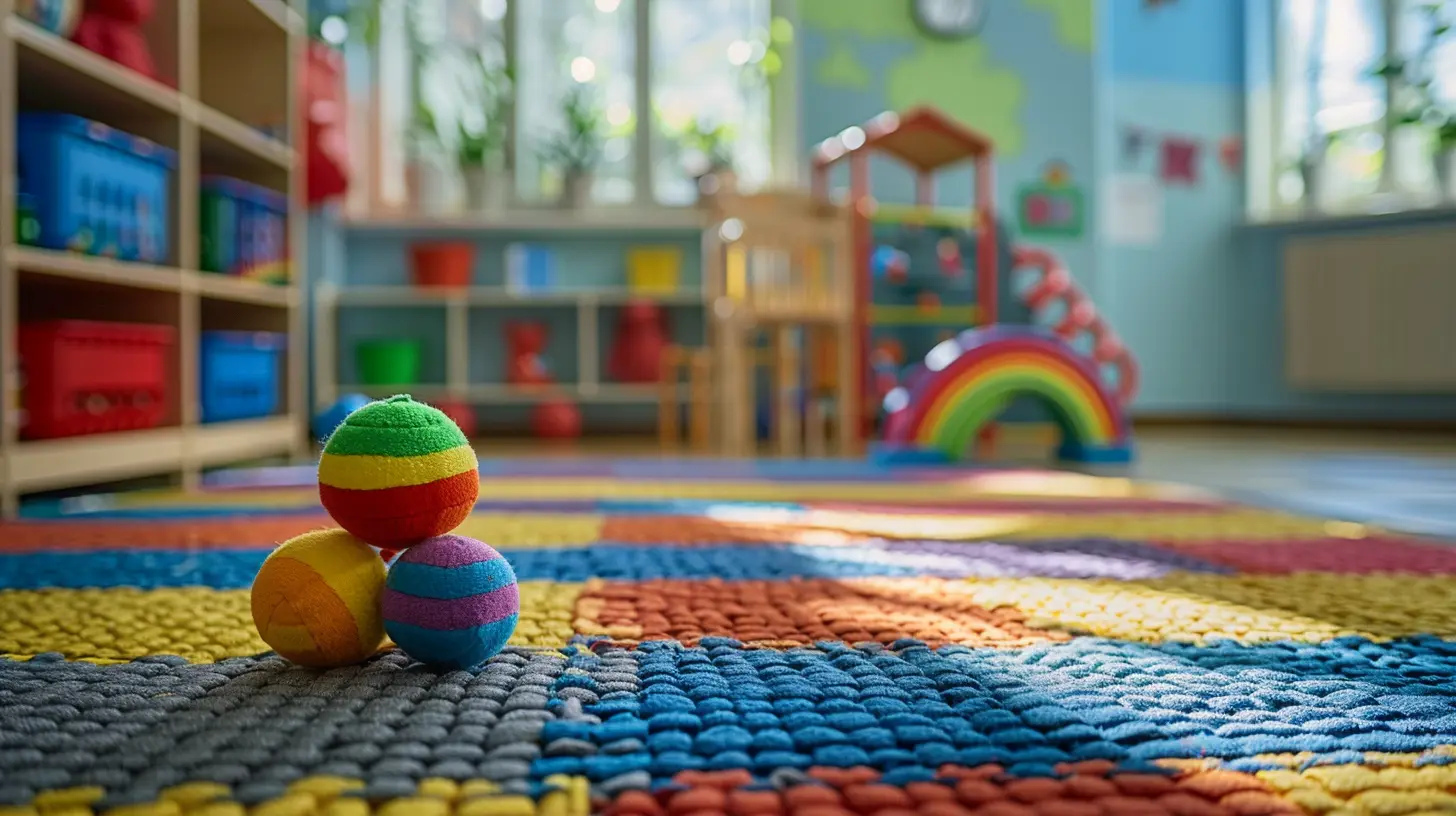Navigating Daycare Options: A Practical Guide for Parents
17 June 2025
So, your tiny human is growing up, and it’s officially time to start thinking about daycare. Yep, that thing that seemed miles away when you were still warming up bottles at 2 a.m. Reality check: choosing a daycare isn’t just about picking a place with colorful walls and nap mats. It’s a big decision—one that affects your child’s early development and your peace of mind.
Whether you're heading back to work, trying to get some structure in your toddler’s day, or just desperate for a bit of alone time (hey, no judgment), navigating daycare options is like entering a whole new parenting arena.
Breathe. We’re doing this together.
Why Daycare Matters More Than You Think
Let’s be real. Daycare isn’t just glorified babysitting. Quality daycare offers your child socialization, structure, learning, and emotional growth. It’s a sneak peek into the big world before kindergarten hits. Kids learn how to take turns, share, follow instructions, and even deal with those mini meltdowns—without you being there to swoop in.And let’s not forget about you—you deserve to feel confident about where your child is spending hours of their day. Choosing the right daycare isn't just a logistical decision; it’s an emotional one, too.
Types of Daycare Options (Yep, There’s More Than One)
Before diving into tours and interviews, it helps to know the lay of the land. Not all daycare setups are created equal. Here are the main types you’ll come across:1. Center-Based Daycare
Think school-like environments with multiple classrooms, structured curriculums, and age-based grouping.Pros:
- Licensed and regulated
- More social opportunities for kids
- Structured schedules and learning activities
Cons:
- Less flexible hours
- Higher child-to-caregiver ratios
- May feel “institutional” for some
2. Home-Based Daycare
Run out of someone’s home, these are smaller, more intimate setups with fewer children.Pros:
- Homier environment
- Smaller group sizes
- Often more flexible with hours and pricing
Cons:
- Varying regulations depending on state
- Limited activities and social diversity
- If the provider is sick, you're out of luck
3. Nanny Shares or Private Care
This involves hiring a nanny that you share with another family or employ solo.Pros:
- Customized care
- One-on-one attention
- Scheduling flexibility
Cons:
- Expensive
- Less peer interaction for your child
- High dependency on one caregiver
Important Questions to Ask Yourself Before Choosing
Before you even tour a center or schedule an interview with a provider, let’s turn the spotlight inward. Ask yourself:- What’s your budget?
- What’s your schedule like?
- How far are you willing to commute?
- Do you want your child in a more structured setting or a relaxed home environment?
- Are you more focused on academics, play, or both?
Being clear on what you need helps narrow down your options fast.
What to Look for in a Quality Daycare
Okay, let’s say you're walking into a daycare for a tour. What should your parent radar be picking up on?1. Cleanliness and Safety
This should go without saying. Clean floors, secured outlets, no weird smells—basic stuff, but crucial. Are the toys clean? Are there safety gates near stairs? Trust your gut; if something feels off, it probably is.2. Engaged Staff
Are the caregivers down at the kids’ level, talking to them, playing with them? Or are they just scrolling their phones in the corner? Staff should be warm, attentive, and genuinely interested in your kiddo.3. Low Child-to-Caregiver Ratio
The fewer kids per caregiver, the better. Infants typically need a 1:3 or 1:4 ratio. More kids might mean less attention, and nobody wants their child lost in the shuffle.4. Consistent Routines
Kids thrive on routine. Ask about their daily schedule. Are there set nap times, meals, and play sessions? Structure helps children feel secure.5. Licensing and Accreditation
Always ask to see credentials. Is the daycare licensed? Do they follow state or national standards? Accreditation from organizations like NAEYC is a big bonus.Red Flags You Shouldn’t Ignore
Now let’s talk about the stuff that should make you high-tail it out of there.- Staff turnover is sky-high
- Reviews are filled with complaints
- Staff seems stressed or overworked
- There's a lack of transparency (Tip: if they dodge your questions, run)
- Your child seems unhappy or withdrawn over time
Listen to your instincts. They’re your superpower.
Touring the Daycare: What to Observe
When you visit, don’t just take the director’s word for it—look around.- Are the kids smiling and engaged?
- Do caregivers know each child by name?
- How do they handle chaos? (Because, let’s face it, toddlers are basically walking chaos.)
- What's the vibe? Warm and welcoming, or cold and rushed?
Bring a list of questions, take notes, and observe quietly. You’ll learn a lot more from what’s happening in the room than from any brochure.
It’s Not Just About the Kids
Daycare should make your life easier, not harder. So think about the practical stuff:- Is drop-off and pick-up convenient?
- Are there late fees?
- What’s the sick policy?
- Do they send updates or photos throughout the day?
Communication is huge. The best daycares keep you in the loop so you’re not wondering what your child is up to from 9 to 5.
Budgeting for Daycare (Spoiler: It’s Expensive)
Let’s talk money, because daycare isn't cheap. Costs vary wildly, depending on location and type. Center-based care in cities can cost more than your rent. Home-based care might be less pricey, but may not offer the same perks.Here’s how to soften the blow:
- Look into tax credits and Flexible Spending Accounts (FSAs)
- Ask if they offer sibling discounts
- Set a monthly daycare budget before you even start looking
And remember, the most expensive option isn’t always the best. It’s about value—not price.
Making the Final Decision
So you've done the tours, asked the questions, survived the spreadsheets (and maybe even cried a little). Now what?Compare your options. Make a list of pros and cons. Sleep on it. Trust your gut. Seriously—parent instinct is real and powerful.
Don’t forget to loop your child into the process. If they’re old enough, take them to the tour. Watch how they react. Kids are excellent judges of character.
The Adjustment Period: How to Handle the Feels
Spoiler alert: the first few weeks might be rough. There could be tears (from both of you), but that’s normal. Routine helps. Talk about daycare positively at home. Send a comfort item if allowed. And give it time—kids are more adaptable than we think.Calling to check in or getting picture updates can help put your mind at ease. Remember, a few hard mornings don’t mean it’s not the right fit.
When It’s Not Working Out
Sometimes, despite all your research and optimism, daycare just doesn’t work out. Maybe your child’s needs have changed. Maybe the vibe feels off. Or maybe you're not getting the communication you need.Give it a fair shot, but don’t be afraid to make changes. Your child’s well-being—and your mental health—matter.
Final Thoughts
Choosing a daycare is a big parenting milestone. It's not just about logistics—it's about trust. You’re handing off your precious little human to someone else for hours a day. That’s HUGE. But once you find that right fit, something magical happens. Your child flourishes. You breathe easier. And suddenly, the whole daycare thing doesn’t feel quite so overwhelming.It’s a journey, but you're not in it alone.
So go ahead—make the calls, schedule the tours, ask the questions. You’ve got this.
all images in this post were generated using AI tools
Category:
Parenting ResourcesAuthor:

Kelly Snow
Discussion
rate this article
2 comments
Liv Bennett
Choosing the right daycare is more than a logistical decision; it's a profound reflection of our values and hopes for our children's early development. Each choice shapes their social, emotional, and cognitive foundations, influencing who they will become.
June 21, 2025 at 3:19 AM

Kelly Snow
Absolutely! Choosing a daycare reflects our values and hopes for our children, significantly shaping their early development and future.
Flint McQuiston
Evaluate each option's flexibility, safety, and cultural fit to ensure the best environment for your child.
June 18, 2025 at 4:43 AM

Kelly Snow
Thank you for your insightful comment! Evaluating flexibility, safety, and cultural fit is crucial in selecting the best daycare for your child. Each factor plays a significant role in creating a nurturing environment that meets your family’s unique needs.


